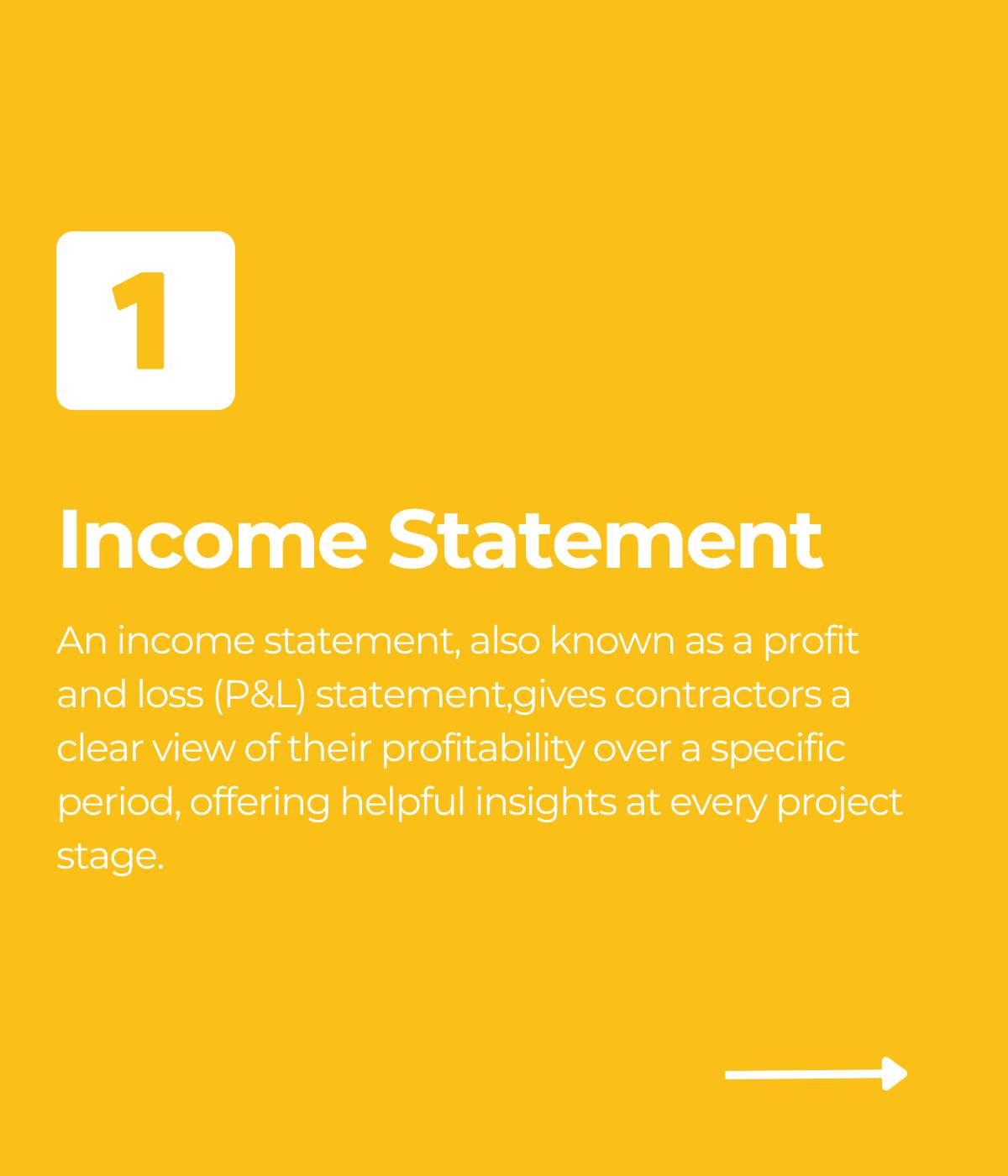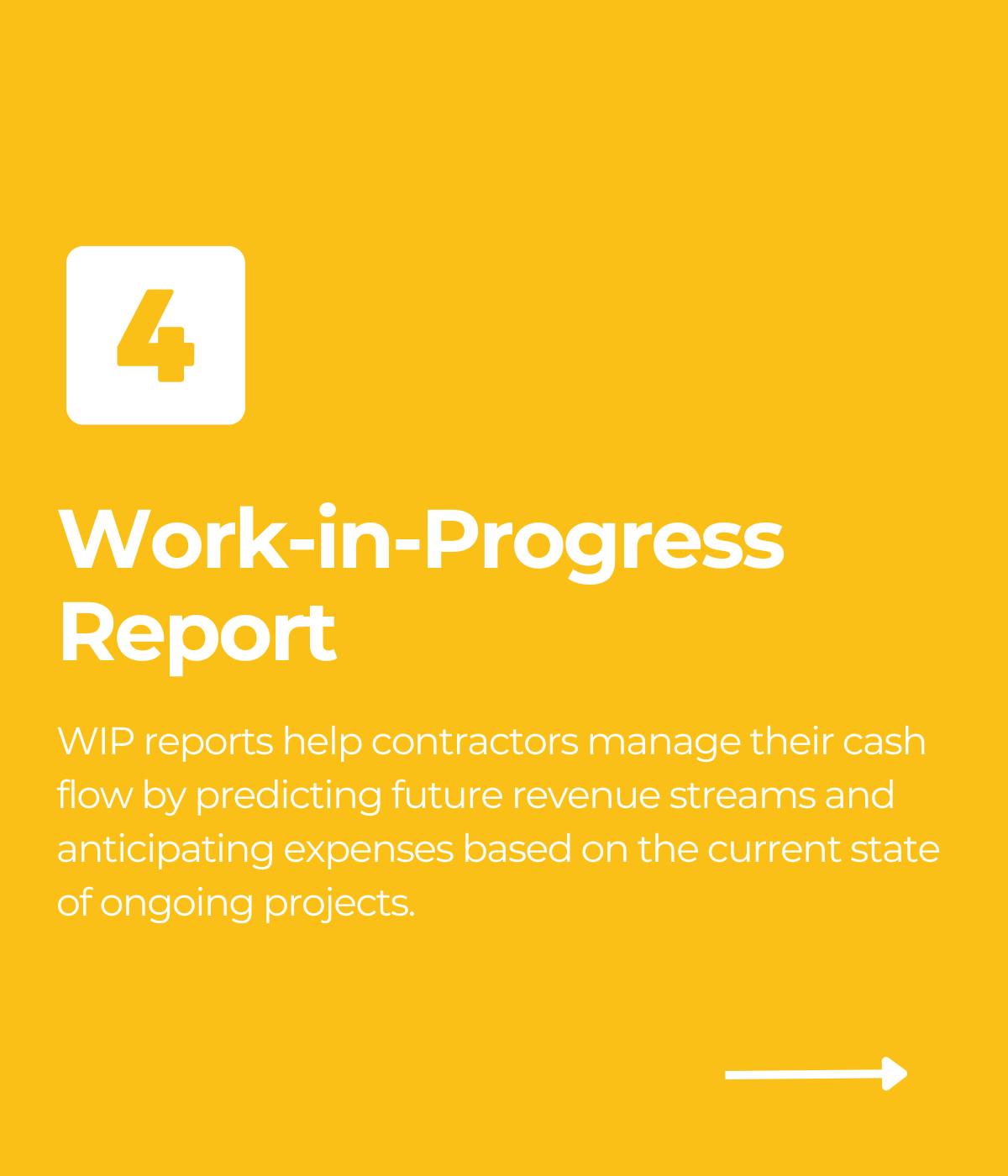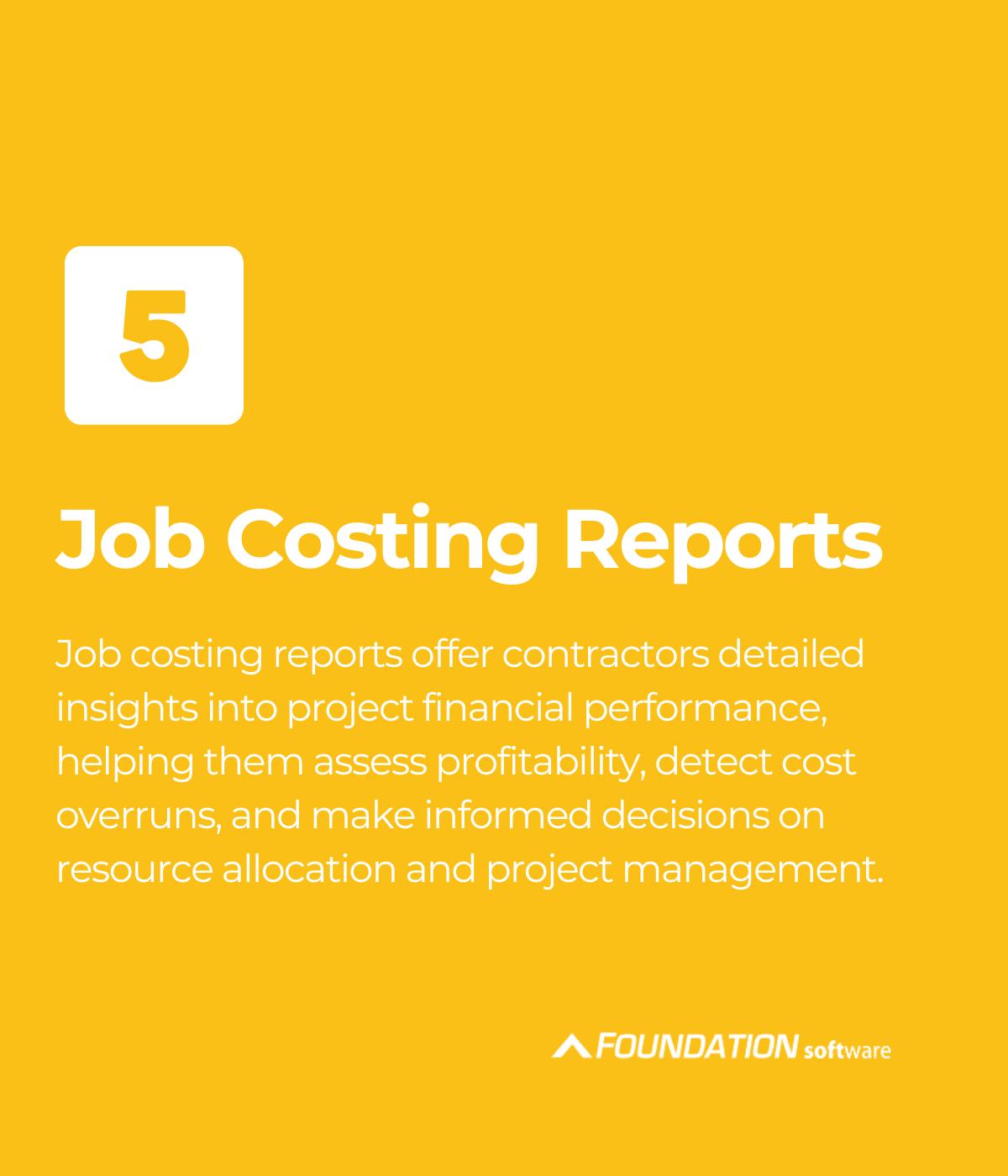
As we move through quarter two of 2023, I’m particularly interested in monitoring contractors’ backlogs. A backlog refers to the amount of work, measured in a cash value or time, that construction companies are contracted to do in the future. Every company needs some degree of backlog to acquire financing and ensure there’s always work coming down the pipeline.
The concern is that backlogs are becoming more unstable. And the way I see it, this unsteadiness is because of a domino effect:
- The construction industry has been dealing with a labor shortage since 2008 and the impact is being heavily felt right now, especially after the COVID-19 pandemic.
- With the threat of a recession looming, the economy has started to tighten up, reducing funding for projects and additional hiring.
- Owners are entertaining the prospect of lessening their workload to balance their lack of manpower.

As Construction Dive states, “Labor gaps are affecting project timelines as well as how much work contractors and engineers can take on: 58% of civil contractors said they are turning down work due to a shortage of skilled workers.”[1] This shortage has owners entertaining the idea of slowing their bidding— and less work causes weakening backlogs.
Based on the present economic outlook, the need for steady backlogs is critical. My concern for the rest of 2023, even potentially heading into 2024, is that most companies may be incapable of keeping a backlog steady.
Why Are Backlogs Becoming Unsteady?
There are three pieces to this backlog puzzle. The first piece involves the tightening of the economy. With a significant drop in economic activity, aspects of the industry are beginning to decelerate: the wait for suppliers to provide pricing is too long, third parties and subcontractors are unavailable, prices of materials are inflated and there are supply chain delays.[2] Without access to necessary information, contractors are forced to submit bids late or not at all.
The second piece is financing. If a backlog is too low, a company is considered high risk. With the current economic issues, banks are becoming more risk-averse and being meticulous with what projects they choose to fund. The problem with this is the number of projects is rising, and so are the costs to complete them, while backlog numbers decline.[3]
An example of this decline in backlogs can be represented by the Construction Backlog Indicator (CBI) developed by Associated Builders and Contractors (ABC) which is updated monthly. The CBI is designed to calculate a backlog percentage across the industry by quantifying the previous month’s work under contract based on the latest financials available. Currently, the backlog indicator is at the lowest it has been since August of 2022 with 8.7 for the month of March.[4] This number isn’t bad, but it does indicate an industry-wide decline in future projects for contractors.
I think the greatest piece of this puzzle comes down to a lack of manpower. The labor force is experiencing a crisis, and it’s impacting contractors’ confidence in their ability to complete a project.
Why Isn’t There Enough Labor?
To say it as simply as possible, there just aren’t enough bodies to do the work required for a construction project. There’s been a shortage of labor in the industry since 2008’s Great Recession[5] which was then exacerbated by the COVID-19 pandemic and subsequently “The Great Resignation” (the mass exodus of workers from the labor force throughout 2021 and 2022).[6]
With fewer workers available, construction projects are taking longer, meaning more prolonged costs.[7]
Further aggravating this labor force problem in 2023 is the issue of inflation. Both materials and shipping costs are experiencing radically inflated prices. Combined with this, the “new generation” also desires a higher starting pay and more significant benefits while the “old generation” requires higher rates for their experience. But the inflated prices cut into the overall profit margin of a company and make it all but impossible to raise labor rates.
The number of open positions available has been growing. And current workers are becoming increasingly frustrated because rising supply chain issues are disrupting payroll. [8] These factors all indicate that the industry will not be able to sustain this prolonged loss for long.
This shift in the labor force should compel the industry to rethink how and what their workers need. As ABC Chief Economist Anirban Basu stated, “With many industries outside of construction also competing for increasingly scarce labor, the industry must take drastic steps to ensure future workforce demands are met.”[9]
How Can Contractors Stay Prepared?
Before panic sets in, there are things contractors can do to stabilize their company. My advice is to focus on what you can control right now: manage your backlog with intention and hire smart.
Strategies for managing backlog:
- Monitor The Industry: Changes that affect others may eventually affect you too. If you start seeing a shift in your trade(s), bolster your backlog as best you can. Monitor the industry trends using ABC’s Construction Backlog Indicator and keep up on the news cycle.
- Watch Your Cash Flow: Look at your budget and cut costs where necessary. If you’re able to secure additional work try to do so or if you notice you’ll have a slower month, tighten up your spending. Be sure to stay on top of your cash flow both company-wide and by project. Make sure you have cash on hand to cover expected and unexpected events.
- Understand Your Limitations: Know what you can and can’t handle. You may want to take the jobs that are big, but you must watch your cash flow to ensure you’re capable of handling it. The money coming in and going out may not be enough to fund the job during its lifecycle, although the job may be profitable when paid for at completion.
Strategies for bringing balance to the labor force: [10]
- Work Culture: No one wants to stay in a job where they feel underutilized and unappreciated. To help find, recruit and retain talent, focus on fostering a work culture where your employees feel valued. Create an environment of autonomy by training workers in areas they’re interested in and offering opportunities for upward mobility.
- Diversity: When you’re hiring, look for who can do the job well. Consider everyone who applies, not just the people who have had a history in the industry.
- Technology: The construction industry has often been slow to adopt technology, but it’s necessary to combat the labor issue. Good technology allows employees to do their jobs better and more efficiently. Utilizing field software such as safety, mobile timekeeping and project management apps will increase efficiency and simplify work for employees.

To resolve the issues of unsteady backlogs and a depleting labor force you’ll have to manage your company intelligently. Watch industry trends, monitor your cash flow and create an enticing environment that’s attractive to new talent. There’s no telling how long this situation will last, but implementing these strategies now could help keep your company stable in the future.
[1] Miller, J. A. (2023, February 14). Labor shortages, inflation vex civil contractors, but optimism remains. Construction Dive. https://www.constructiondive.com/news/labor-shortages-slow-infrastructure-funding-dog-civil-contractors-dodge/642744/
[2] Lovell, J. (2022, February 1). What construction contractors need to know about backlog. Gross Mendelsohn & Associates. https://www.gma-cpa.com/blog/backlog-construction
[3] Scalisi, T. (2021, April 30). Managing a construction backlog: Strategies for contractors. Levelset. https://www.levelset.com/blog/managing-a-construction-backlog/
[4] Associated Builders and Contractors. (2023, April 11). ABC’s March Construction Backlog indicator down to lowest level since August 2022: News releases. ABC National. https://www.abc.org/News-Media/News-Releases/entryid/19892/abcs-march-construction-backlog-indicator-down-to-lowest-level-since-august-2022
[5] Howerska, A. (2022, January 7). Covid-19 and labor shortages in construction. Hourly. https://www.hourly.io/post/covid-19-and-labor-shortages-in-construction
[6] Smith, M. (2023, February 1). Professor who predicted the “great resignation” says quits will plateau in 2023 here’s why. CNBC. https://www.cnbc.com/2023/02/01/professor-who-coined-great-resignation-anthony-klotz-says-quits-will-plateau-in-2023.html#:~:text=Klotz%20coined%20the%20%E2%80%9Cgreat%20resignation,how%20and%20why%20we%20work.
[7] McManus, A. (2022, April 14). Council post: Construction in an ever-changing workplace: Adapting (again) to meet new challenges. Forbes. https://www.forbes.com/sites/forbestechcouncil/2022/03/18/construction-in-an-ever-changing-workplace-adapting-again-to-meet-new-challenges/?sh=572b7a6d3877
[8] Phillips, Z. (2023, April 13). Construction’s labor gap could bring a hiring evolution. Construction Dive. https://www.constructiondive.com/trendline/labor/40/?utm_source=CD&utm_medium=NL1May22&utm_campaign=XYZReality&utm_content=ad-TOP_SPOT&utm_term=53574
[9] Associated Builders and Contractors. (n.d.). ABC: Construction Industry faces Workforce Shortage of 650,000 in 2022. News releases. ABC News Releases. https://www.abc.org/news-media/news-releases/entryid/19255/abc-construction-industry-faces-workforce-shortage-of-650-000-in-2022
[10] Hanan, L. (2020, February 1). Demolishing stereotypes: The evolution of the construction industry workforce. Bizjournals.com. https://www.bizjournals.com/philadelphia/news/2020/02/01/demolishing-stereotypes-the-evolution-of-the.html
Share Article
Keep on current news in the construction industry. Subscribe to free eNews!
Our Top 3 YouTube Videos
Learn about our software more in depth with product overviews, demos, and much more!

Our ACA reporting & e-filing services include official 1094-C and 1095-C IRS reporting, optional e-filing (no applying for a TCC code required), mailing to your employees and experienced support to help you.

There are plenty of reasons to make FOUNDATION your choice for job cost accounting and construction management software — just ask our clients!

From job cost accounting software, to construction-specific payroll. Get an overview on your next all-in-one back-office solution.









